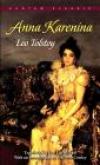
Anna Karenina by Leo Tolstoy (1877). Anna’s adulterous love affair with Count Vronsky—which follows an inevitable, devastating road from their dizzyingly erotic first encounter at a ball to Anna’s exile from society and her famous, fearful end—is a masterwork of tragic love. What makes the novel so deeply satisfying, though, is how Tolstoy balances the story of Anna’s passion with a second semiautobiographical story of Levin’s spirituality and domesticity. Levin commits his life to simple human values: his marriage to Kitty, his faith in God, and his farming. Tolstoy enchants us with Anna’s sin, then proceeds to educate us with Levin’s virtue.
Total Points: 238 (MB 10) (JBarn 7) (CB 7) (JBud 6) (BMC 1) (PCap 4) (PC 5) (CD 7) (BEE 9) (GG 7) (RG 9) (HaJ 10) (DLod 4) (MMCPH 4) (MM 10) (NM10) (PM 2) (CM 6) (SM 10) 7) (SO’N 7) (TP 9) (RPri 8) (FP 10) (APat 10) (JSalt 3) (LShriv 8) (AMS 10) (SS 2) (ST 9) (EWhite 10) (TW 7) (SY 10)
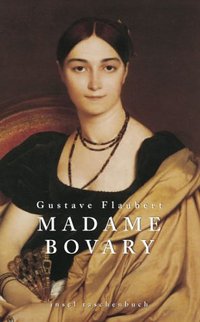

 Lolita
Lolita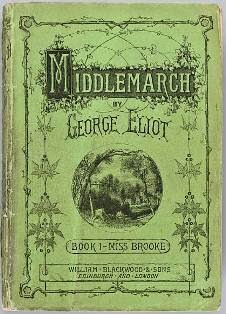 Middlemarch
Middlemarch
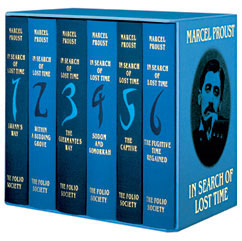 In Search of Lost Time
In Search of Lost Time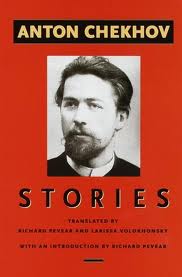 Stories of Anton Chekhov
Stories of Anton Chekhov Adventures of Huckleberry Finn
Adventures of Huckleberry Finn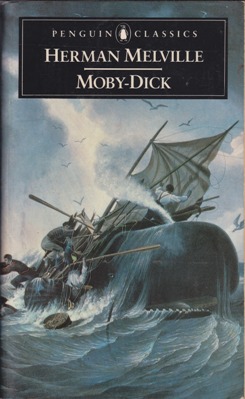 Moby-Dick
Moby-Dick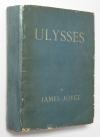
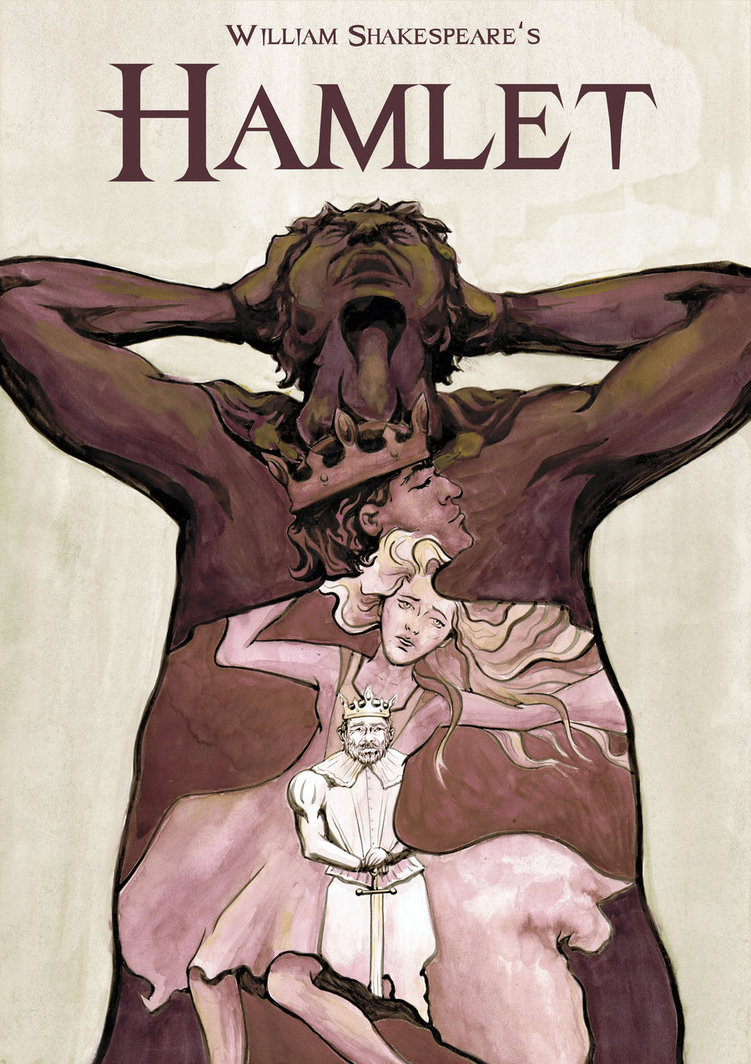 Hamlet
Hamlet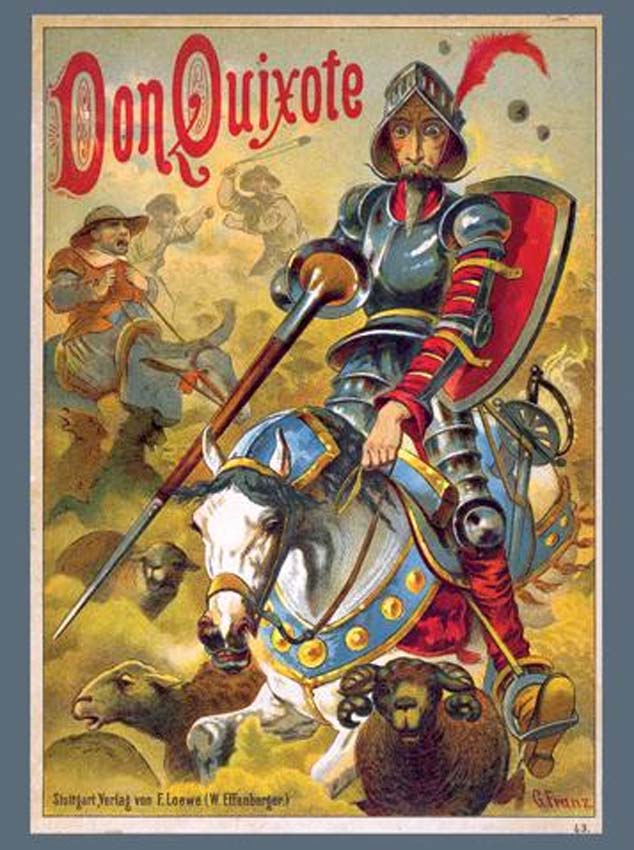 Don Quixote
Don Quixote Great Expectations
Great Expectations One Hundred Years of Solitude
One Hundred Years of Solitude Crime and Punishment
Crime and Punishment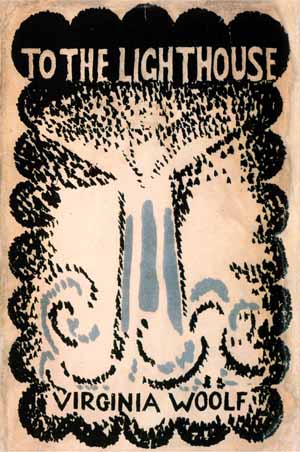 To the Lighthouse
To the Lighthouse Stories of Flannery O’Connor
Stories of Flannery O’Connor King Lear
King Lear The Odyssey
The Odyssey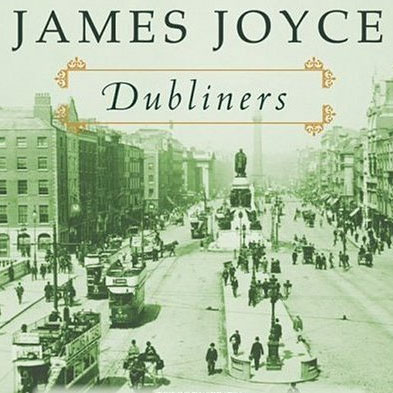 Dubliners
Dubliners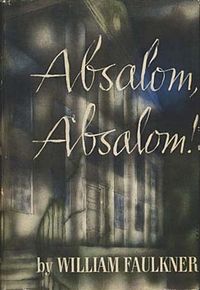 Absalom, Absalom!
Absalom, Absalom!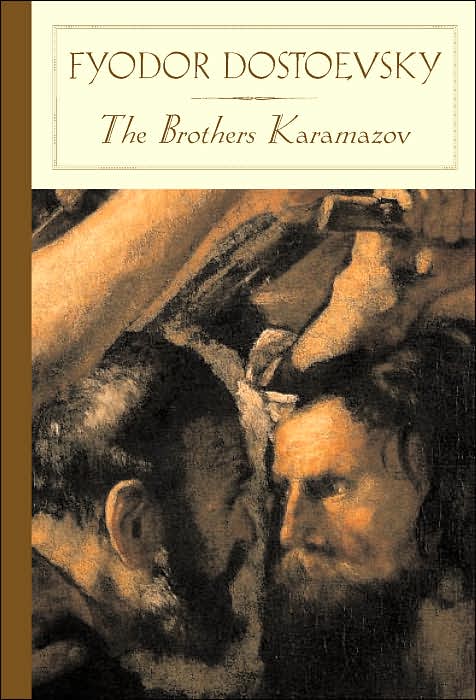 The Brothers Karamazov
The Brothers Karamazov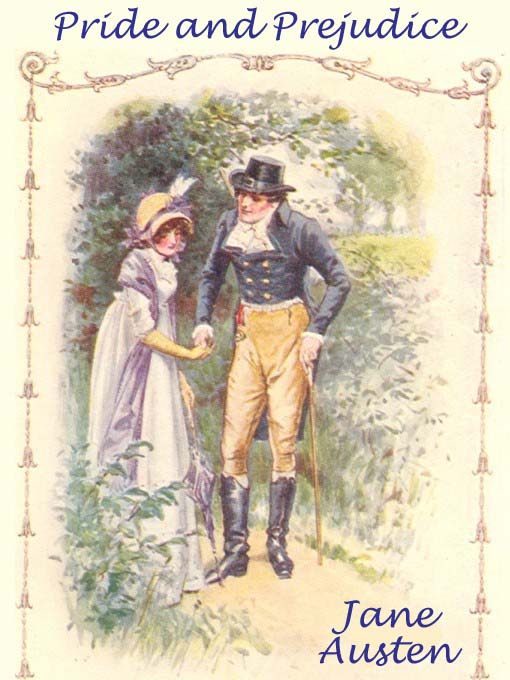 Pride and Prejudice
Pride and Prejudice Jane Eyre
Jane Eyre